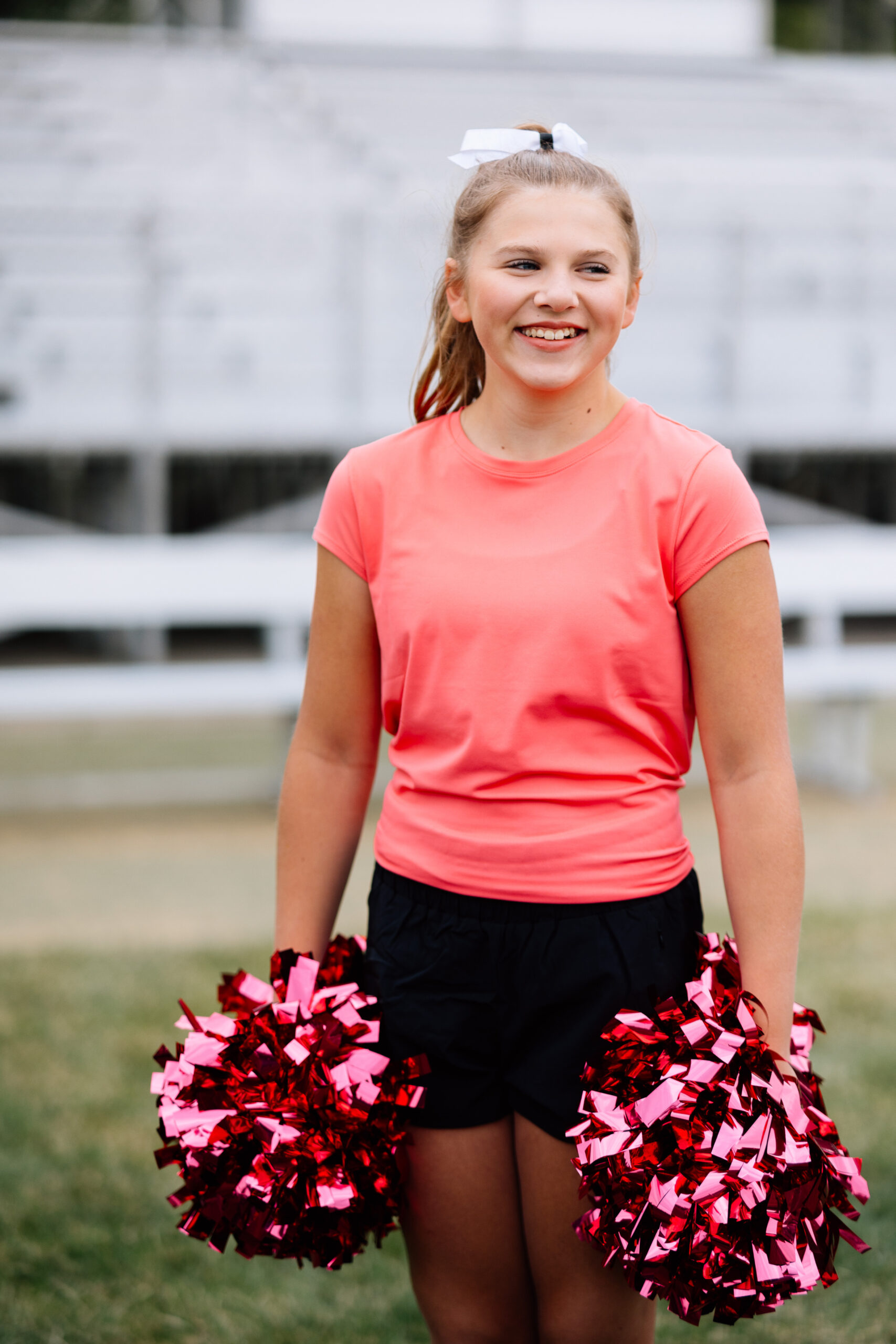Rashes can be caused by viruses and bacteria, medicines, heat, allergies, and many other things. Rashes often are only minor problems, but some can be serious and need medical treatment.
What Are the Signs & Symptoms of Rashes?
A skin rash can cause:
- redness
- spots on the skin
- scaly skin
- itchiness
- swelling
- bumps
- blisters
- pimples
What Should I Do if My Child Has a Rash?
To ease discomfort from dry or irritated skin:
- Add a few cups of oatmeal to the bath.
- Use warm, not hot, water for baths and showers. Use mild, unscented soap or non-soap cleansers.
- Pat the skin dry (instead of rubbing) after a bath or shower.
- Moisturize skin well with non-fragranced ointment like petroleum jelly.
- Don’t scrub or scratch the affected skin.
- Leave the rash exposed to the air as much as possible.
When Should I Call the Doctor About a Rash?
Call the doctor if your child has a rash and:
- also has a fever
- has any other symptoms, like swelling, a headache, or belly pain
- looks sick
- has tiny red dots that can’t be felt when touched and don’t fade when pressed
- has bruises not related to injuries
- the rash is painful, blistering, spreading, or has pus coming from it
- the rash appeared suddenly
- there’s no improvement in the rash after a week
What Can Help Prevent Rashes?
Rashes can be hard to avoid. But to help prevent some types:
- Have kids avoid people with contagious skin rashes.
- For allergic rashes, try to avoid whatever caused the reaction. Ask the doctor if your child needs to carry emergency epinephrine.
- Use sunscreen to avoid sunburn.
- If your child gets eczema flare-ups, avoid harsh soaps and follow the doctor’s instructions for keeping your child’s skin well moisturized.
- Keep kids up to date on vaccines to avoid vaccine-preventable diseases that cause rashes.
- Encourage kids to wash their hands well and often.
